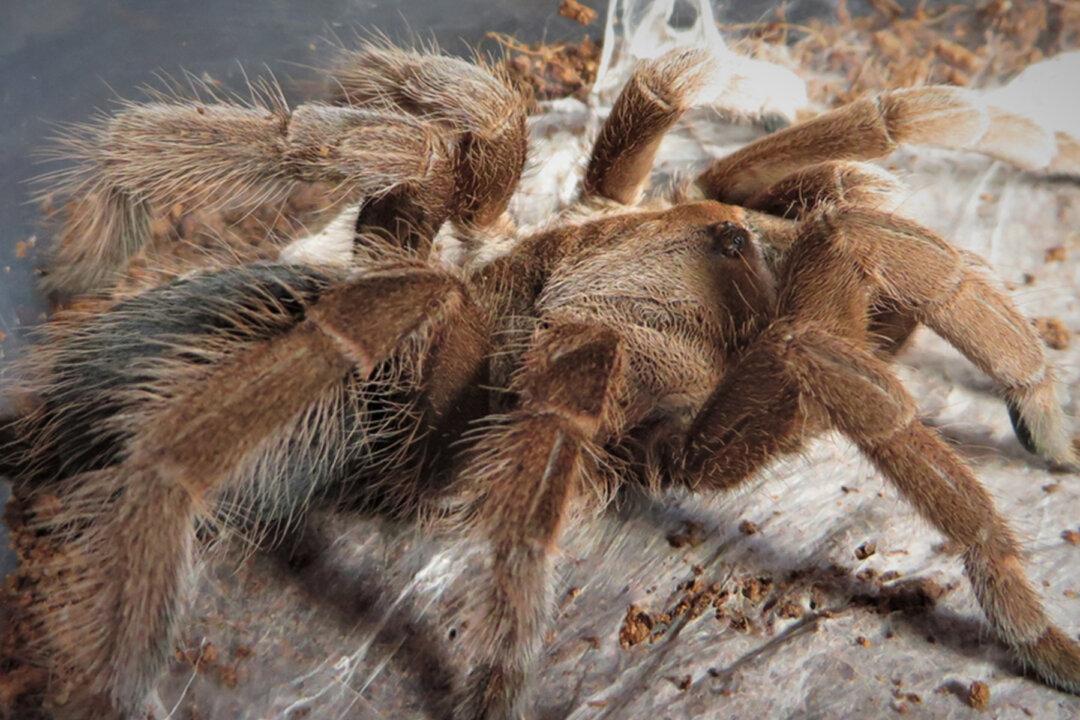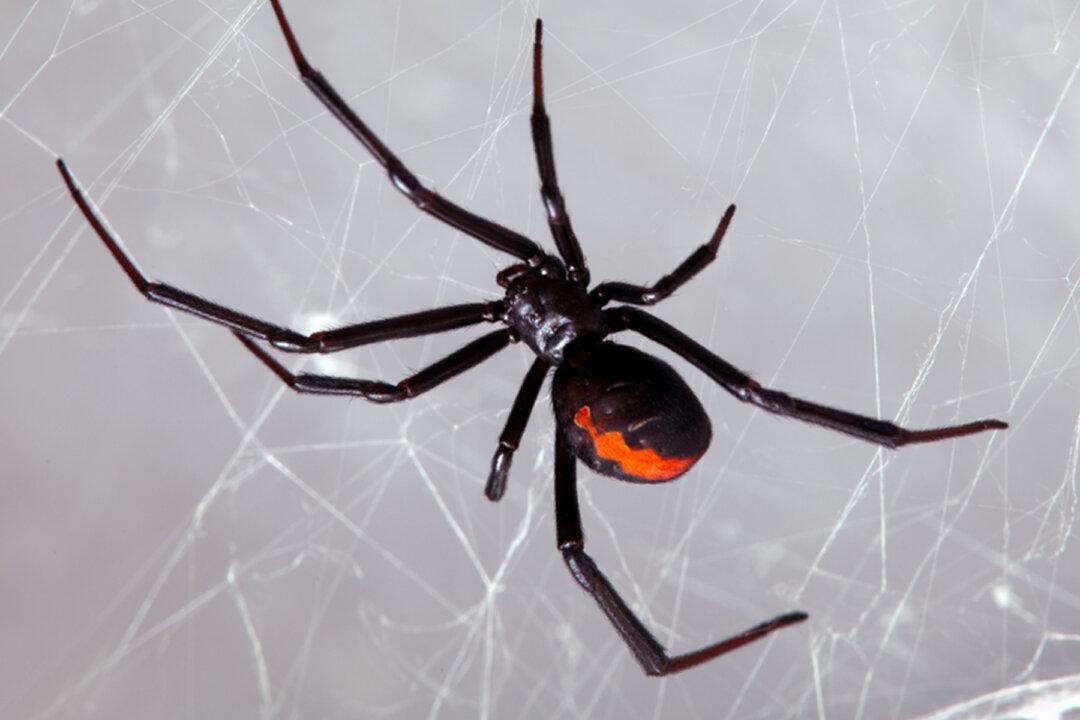Piotr Naskrecki was walking in a rainforest at night in Guyana when he accidentally stumbled across the biggest spider in the world. Dubbed the Goliath “birdeater,” the giant tarantula is about the size of a puppy and is extremely good at staying hidden in the wild.
Naskrecki, an entomologist at Harvard University’s Museum of Zoology, turned on his flashlight and made the astonishing discovery. “When I turned on the light, I couldn’t quite understand what I was seeing,” he recalled, according to CBS News.





